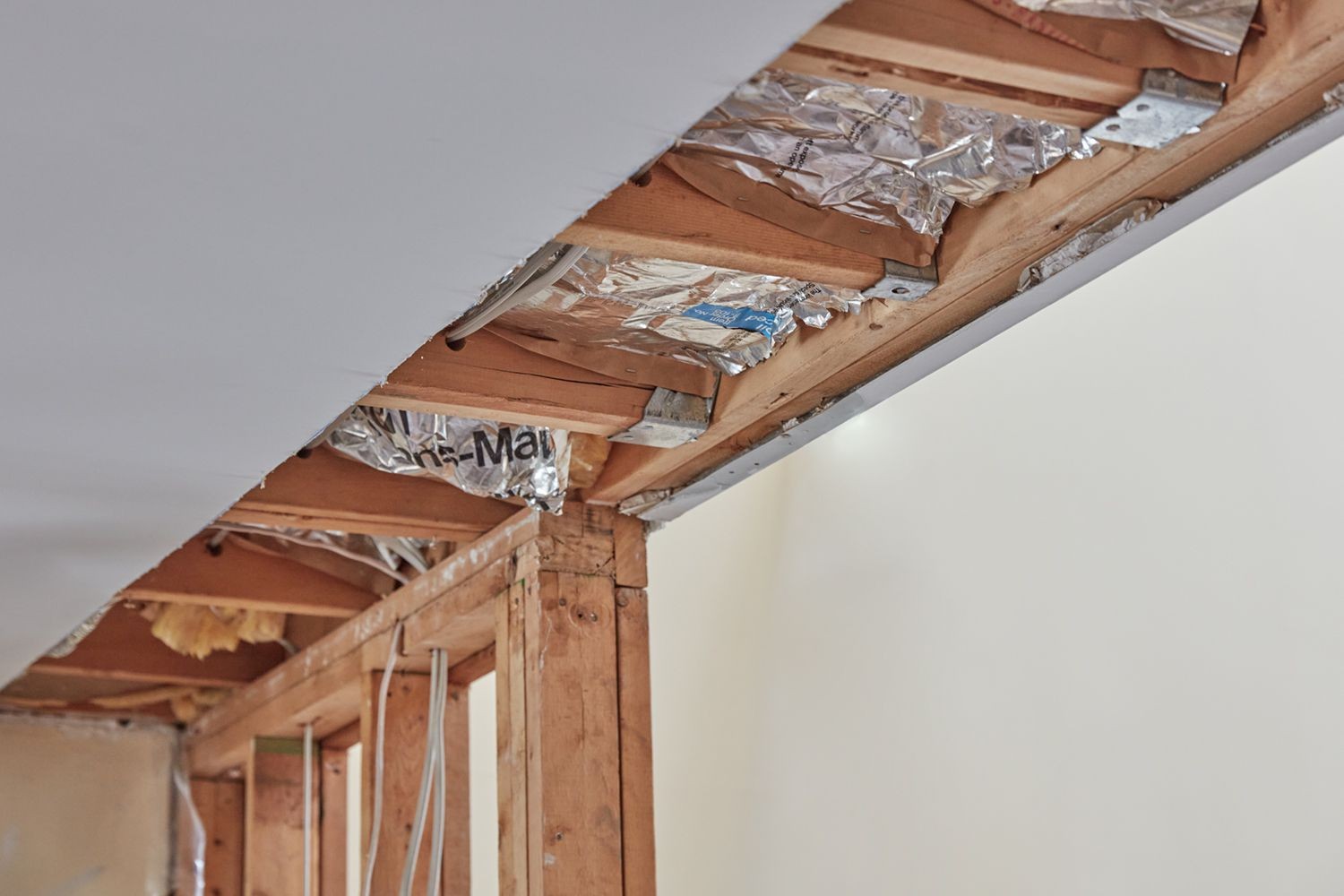
What are load-bearing walls? Load-bearing walls are essential structural elements in buildings, supporting the weight of floors, roofs, and other loads. Unlike partition walls, which only divide spaces, load-bearing walls transfer weight from the roof and upper floors down to the foundation. Why are they important? Without them, buildings would lack stability and could collapse. Identifying these walls is crucial before any renovation or demolition work. How can you identify them? Look for walls that run perpendicular to floor joists or those directly above beams. What materials are used? Common materials include brick, concrete, and stone. Understanding these walls can save you from costly mistakes and ensure your home remains safe and sound.
What is a Load-bearing Wall?
Load-bearing walls are crucial components in construction. They support the weight of the structure above them, transferring the load to the foundation. Understanding these walls can help in renovations or building projects.
-
Load-bearing walls support the weight of floors and roofs above them. These walls are essential for maintaining the structural integrity of a building.
-
They are usually thicker than non-load-bearing walls. This extra thickness helps them handle the additional weight.
-
Load-bearing walls are often made of stronger materials. Concrete, brick, or stone are common choices due to their durability.
-
Removing a load-bearing wall requires careful planning. Structural engineers must be consulted to ensure the building remains safe.
-
They can be found in both residential and commercial buildings. Any structure with multiple floors likely has load-bearing walls.
Identifying Load-bearing Walls
Knowing how to identify these walls can prevent costly mistakes during renovations. Here are some key indicators.
-
Load-bearing walls are usually perpendicular to floor joists. This alignment helps them support the weight above.
-
They often run along the center of the house. Central locations are ideal for distributing weight evenly.
-
Exterior walls are typically load-bearing. These walls support the roof and upper floors.
-
Walls with large beams or columns nearby are likely load-bearing. These features often indicate additional support is needed.
-
Blueprints can reveal load-bearing walls. Original construction plans show which walls are designed to carry weight.
Importance of Load-bearing Walls
These walls play a vital role in the safety and stability of buildings. Here’s why they matter.
-
They prevent structural collapse. By supporting the weight above, they keep the building standing.
-
Load-bearing walls distribute weight evenly. This helps avoid stress points that could lead to damage.
-
They contribute to the overall strength of the building. Removing them without proper support can weaken the structure.
-
These walls can affect the layout of a building. Their placement often dictates room sizes and shapes.
-
Load-bearing walls can impact renovation costs. Modifying them requires additional materials and labor.
Modifying Load-bearing Walls
Changing these walls isn’t impossible, but it requires expertise. Here’s what you need to know.
-
Temporary supports are needed during modifications. These supports hold up the weight while the wall is altered.
-
Steel beams are often used to replace load-bearing walls. These beams provide the necessary support without the need for a wall.
-
Permits are usually required for modifications. Local building codes often mandate approval for structural changes.
-
Professional help is essential. Structural engineers and experienced contractors ensure the job is done safely.
-
Costs can be high. The complexity of the work and the need for specialized materials add to the expense.
Common Myths About Load-bearing Walls
There are many misconceptions about these walls. Let’s clear up some of the most common ones.
-
Not all thick walls are load-bearing. Thickness alone doesn’t determine if a wall supports weight.
-
Removing a load-bearing wall doesn’t always require tearing down the house. With proper planning, it can be done safely.
-
Load-bearing walls aren’t always made of concrete or brick. Wood-framed walls can also be load-bearing.
-
You can’t always tell if a wall is load-bearing just by looking. Professional assessment is often needed.
-
Load-bearing walls don’t always run in one direction. They can be oriented in various ways depending on the building design.
Interesting Facts About Load-bearing Walls
Here are some lesser-known facts that might surprise you.
-
Ancient civilizations used load-bearing walls. Structures like the Pyramids of Egypt relied on these principles.
-
Modern skyscrapers use advanced load-bearing techniques. Steel frames and reinforced concrete are common.
-
Load-bearing walls can be decorative. With the right design, they can add aesthetic value while providing support.
Final Thoughts on Load-Bearing Walls
Load-bearing walls are crucial for any building's structure. They support the weight of floors, roofs, and other elements, ensuring stability. Removing or altering them without proper planning can lead to serious issues, even collapse. Always consult a structural engineer before making changes.
Understanding the difference between load-bearing and non-load-bearing walls can save you from costly mistakes. Load-bearing walls run perpendicular to floor joists and often have thicker construction. Non-load-bearing walls, on the other hand, are usually thinner and can be moved or removed more easily.
Knowing these facts helps homeowners and builders make informed decisions. Whether you're renovating or building from scratch, recognizing the importance of load-bearing walls keeps your project safe and sound. So next time you pick up a sledgehammer, remember these key points. Your home’s safety depends on it.
Was this page helpful?
Our commitment to delivering trustworthy and engaging content is at the heart of what we do. Each fact on our site is contributed by real users like you, bringing a wealth of diverse insights and information. To ensure the highest standards of accuracy and reliability, our dedicated editors meticulously review each submission. This process guarantees that the facts we share are not only fascinating but also credible. Trust in our commitment to quality and authenticity as you explore and learn with us.
